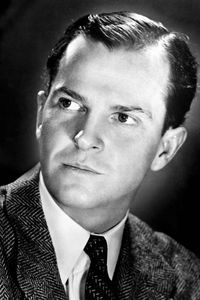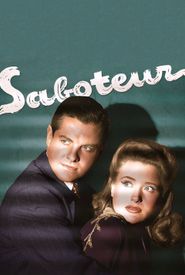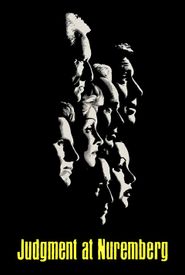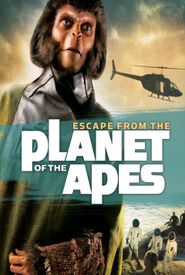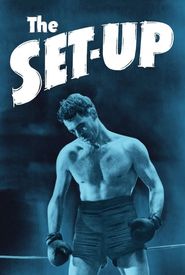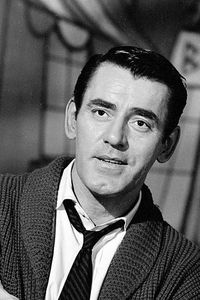Alan Baxter, a dark-haired, bullet-headed actor, gained popularity in the late 1930s and 1940s with his despicable characters in various films. Born on November 19, 1908, in East Cleveland, Ohio, Baxter was the son of a Cleveland Trust Company vice president. He studied drama at Williams College and Yale's School of Drama, where he befriended future directing icon Elia Kazan.
Baxter began his career with the Group Theatre, appearing in stage productions such as "Lone Valley", "The Pure in Heart", and "Waiting for Lefty". His performance in "Black Pit" caught the attention of a Hollywood talent scout, leading him to Hollywood and a strong debut in the film "Mary Burns, Fugitive" in 1935.
Throughout the 1930s, Baxter continued to play dangerous and unsavory types in films such as "13 Hours by Air", "Big Brown Eyes", and "The Case Against Mrs. Ames". He remained a solid "B" lead player, often appearing in support roles in "A" pictures. Baxter occasionally broke out of the "bad guy" mold, but not often.
As the 1940s progressed, Alan Ladd began to cut into Baxter's action with his own version of trench-coat-trendy villains. Baxter continued to roll on, playing outlaw "Jesse James" in "Bad Men of Missouri" and adding slick malevolence to films such as "Escape to Glory", "Under Age", and "Rags to Riches".
Baxter's notable performances include an excellent support role in Alfred Hitchcock's classic thriller "Saboteur" and a memorable scene with Robert Cummings. Following standard work in "China Girl" and "Behind Prison Walls", Baxter signed up for the Army Air Force in 1943 and appeared in the Broadway production of "Winged Victory".
Post-war filming grew more dismal, with a high majority of "Poverty Row" pictures coming Baxter's way. His last appearance in a strong film was the Robert Ryan boxing pic "The Set-Up" in 1949. Alan decided to return to the challenge of the stage, appearing in plays such as "Home of the Brave", "The Voice of the Turtle", and "South Pacific".
By the 1960s, Baxter was seen primarily in incidental film roles, his last being the cult rodent thriller "Willard" in 1971. Diagnosed with cancer, the twice-married actor died on May 8, 1976, aged 67, at the Motion Picture Country Home in Woodland Hills, Los Angeles.
